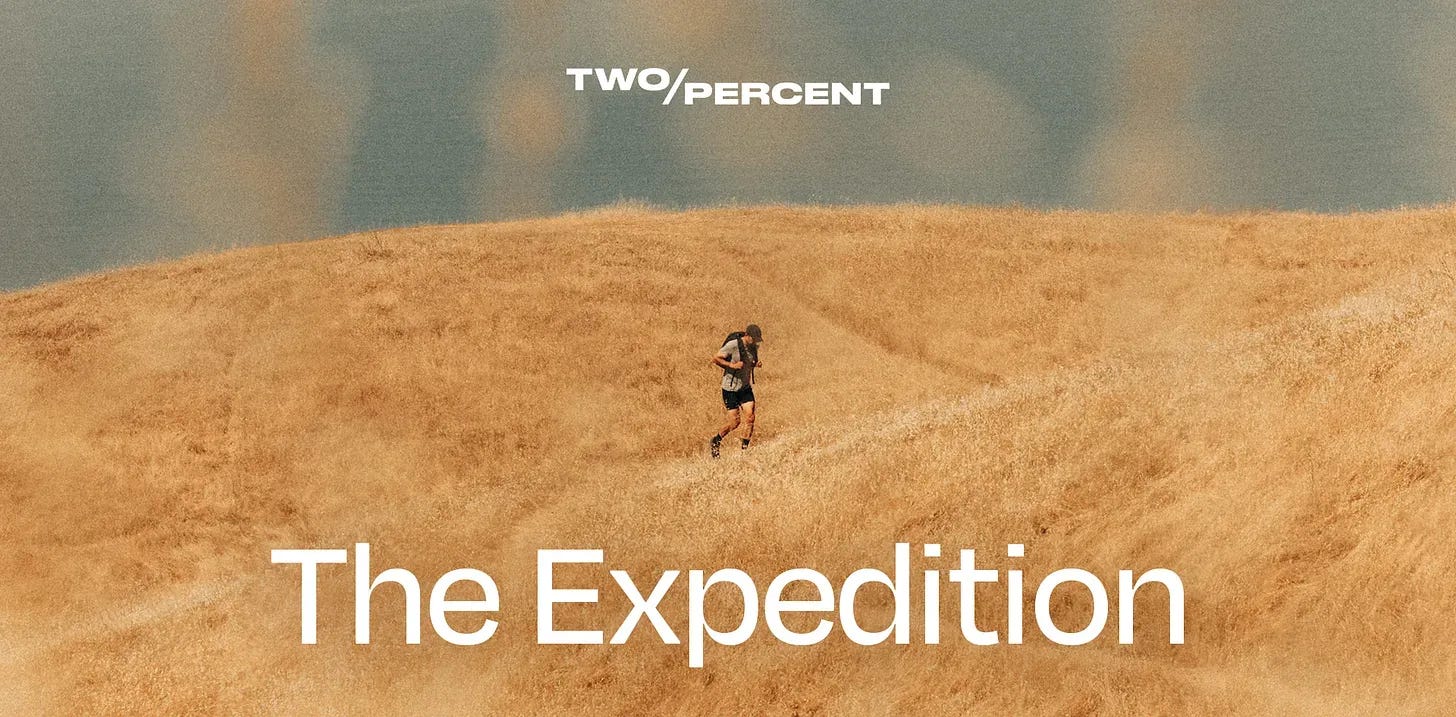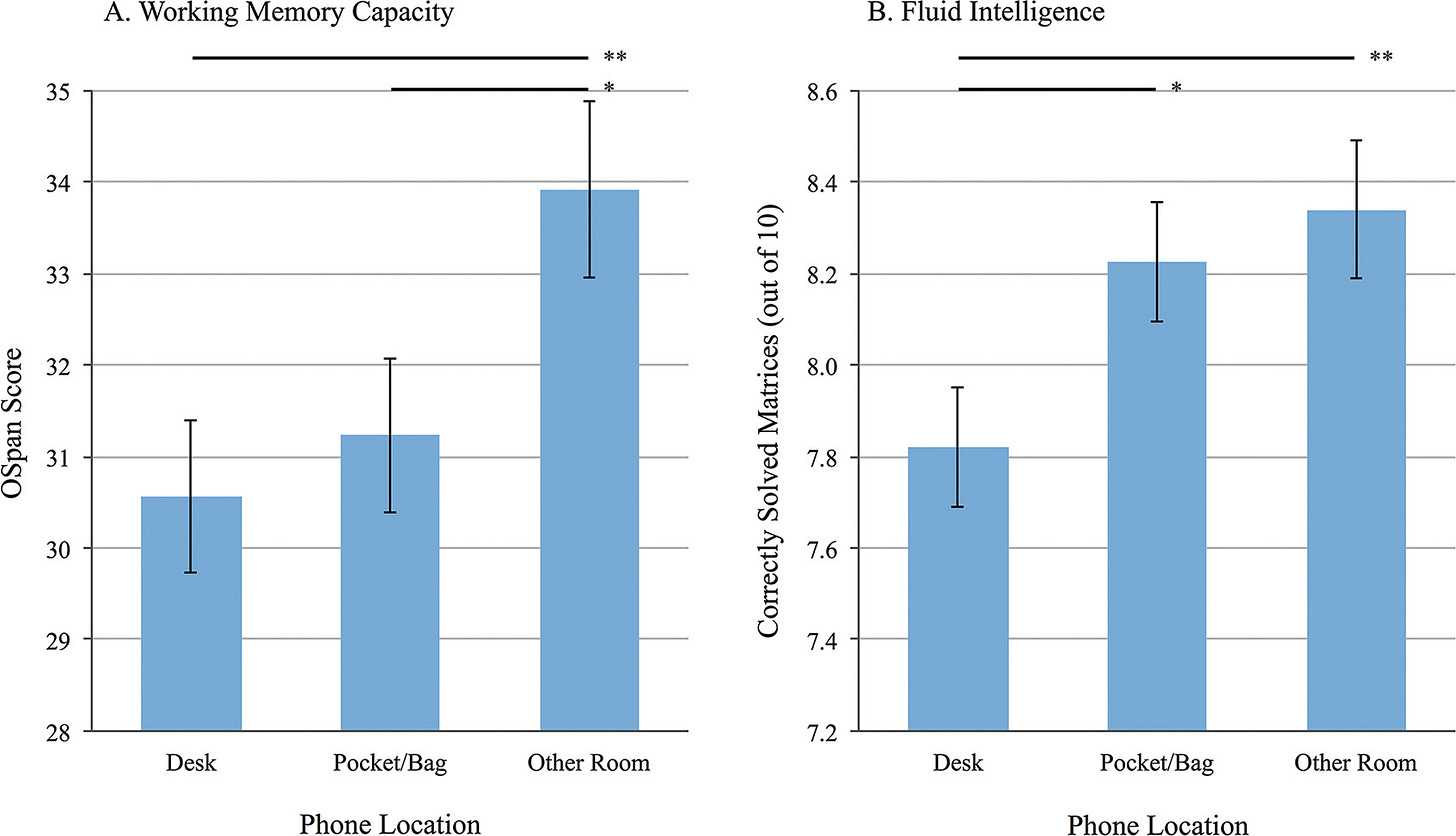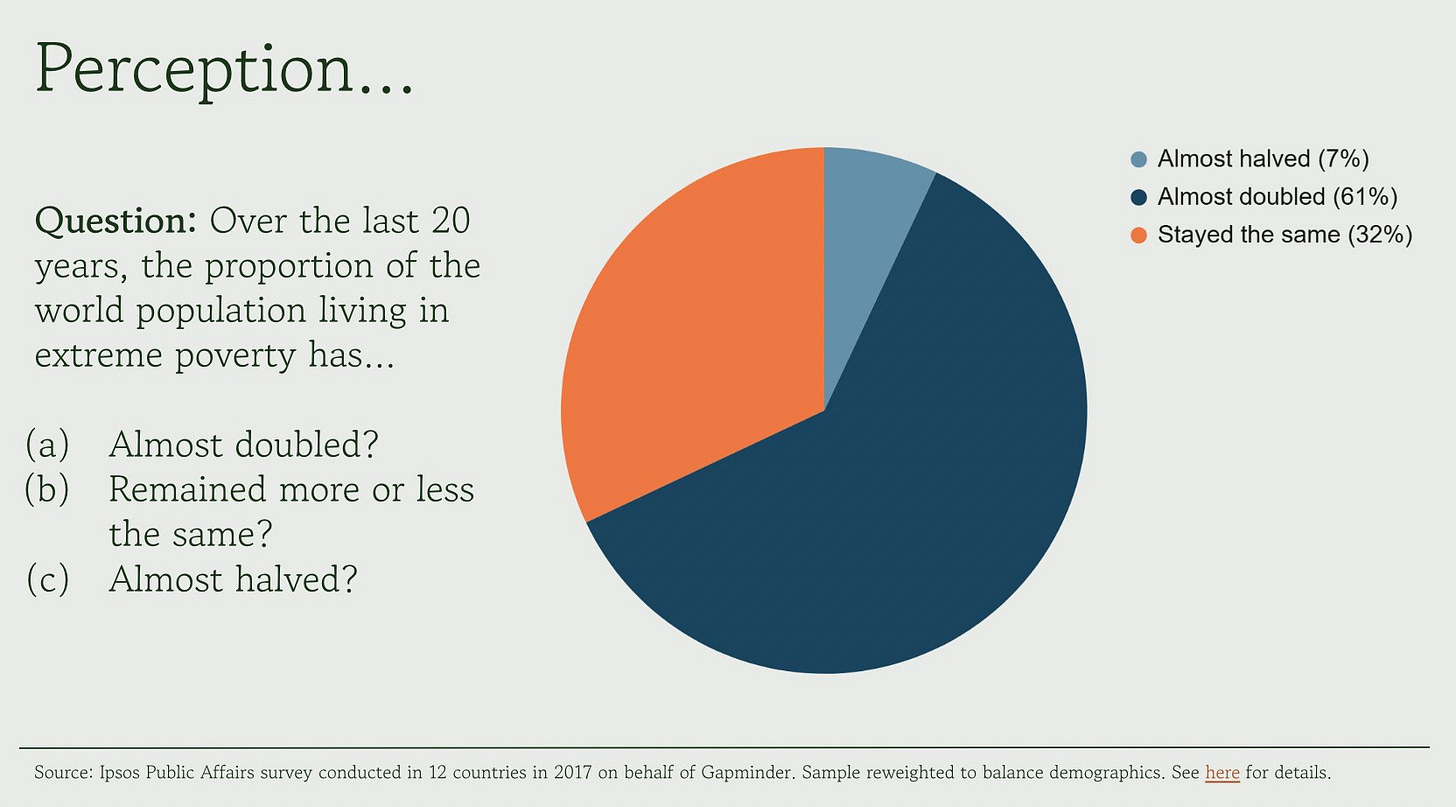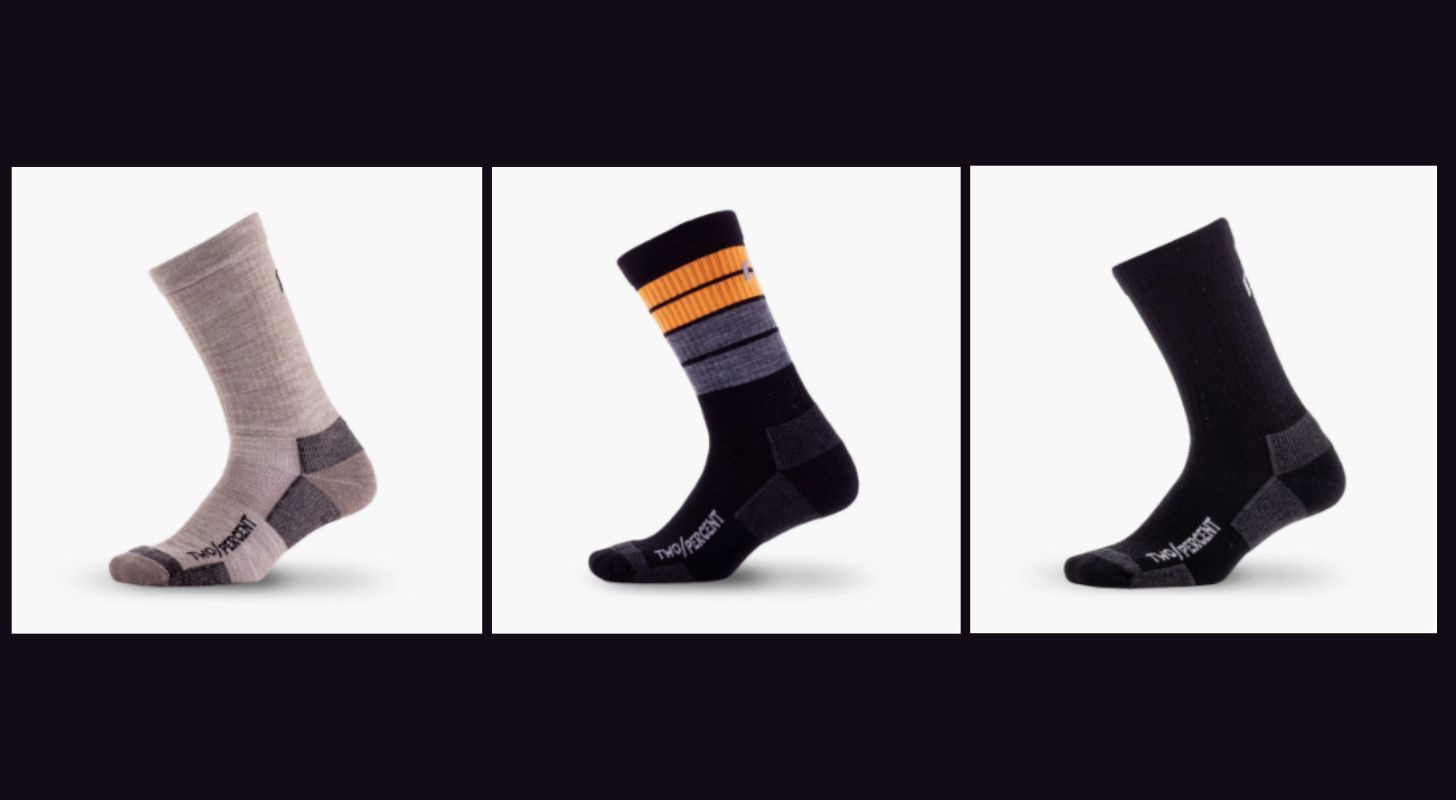The Expedition: Huberman challenge, Misogi, lifting vs. cardio, A.I. and learning, and more
19 ideas to improve your life this month
Housekeeping
Full access to this post and its audio version is for Members of Two Percent. Read more about Membership here and become a Member:
Shoutout to our partners:
Jaspr air purifiers. I consider Jaspr my #1 home health tool. Most health-promoting behaviors require effort—but Jaspr is an exception. Just plug it in and remember to breathe. Get a discount through this link.
Patagonia Provisions offers some of the healthiest food on earth. Their tinned fish is high in protein, sustainable, and packed with omega-3s, calcium, potassium, and magnesium in amounts that research shows offers clinical benefits. Eat tinned fish, live better, and do mother nature good. Use discount code EASTER15 for 15% off your first purchase.
GOREWEAR designs endurance gear for Two Percenters. I love the Concurve 2-in-1 Shorts for summer workouts. GOREWEAR leverages the most cutting edge science and works. No matter how hard we train or what Earth throws at us. Use code EASTER30 for 30% off your next order.
Audio/Podcast version
Listen on the Substack player. Hit the play icon in this post in the Substack app.
The post
The Expedition is our monthly journey into thoughts, opinions, ideas, observations, studies, facts, figures, etc.
Good ones, insightful ones, interesting ones, weird ones, and ones you can use to live well and long.
It’s a roundup of all the worthwhile stuff I’ve discovered in the last month. The Expedition is a bit of an island of misfit toys. But, hey, the greatest journeys are winding.
This month, we’re covering:
Numbers on:
Lifting versus cardio for avoiding death.
How marriage impacts your odds of dying.
Books.
The Misogi that was Good Vibrations.
How phones change our memory and intelligence.
How grip strength impacts health (and misconceptions about grip).
Why it’s the best time to be alive—and how we often don’t realize it.
Plant-based protein versus beef protein for muscle growth.
How tariffs are impacting purchases.
Growth of irresponsible sports gambling.
Gear I love: Pro Compression Two Percent Socks.
How A.I. impacts learning.
A morning challenge Andrew Huberman curses me for.
Two fascinating reads about the psychology of Tony Soprano and misconceptions about natural food.
Two documentaries I recommend (let’s discuss)
A parting shot that gives us lessons about nutrition.
A parting quote and call to action.
Let’s roll …
By the numbers
41
Percent drop in death experienced by people who lifted weights and did cardio.
Meanwhile, people who did cardio alone experienced a 31 percent drop while people who only lifted weights saw a 9 percent decrease.
The message: Do all the exercises.
Speaking of death …
31
Percent higher risk of stroke death experienced by men who have never been married compared to never-married women. Never-married men also see a 9 percent higher risk of all-cause mortality.
The researchers concluded that men appear to be better off with a partner compared to women. They wrote, “Being unmarried conferred higher risk of stroke and all-cause mortality for men than women. Moreover, divorced/separated men had higher risk of cancer mortality and CVD mortality.”
117,000
The number of books owned by the 10th-century Grand Vizier of Persia, Abdul Kassem Ismael. He liked to travel with his books and required a caravan of 400 book-carrying camels.
As Alex & Books pointed out, “Today, you can access millions of books with the tiny device in your pocket. There’s never been a better time to be a reader.”
90
Hours of music recorded to create the Beach Boys’ song Good Vibrations. The song was recorded over 17 marathon sessions in four different studios over the course of nine months. At the time, it was the most expensive single ever produced.
Good Vibrations now considered one of the greatest songs ever recorded. RIP Brian Wilson, a creative genius who died last week.
3.5
Percent drop in working memory capacity experienced by people who worked with their phone on their desk compared to having it in another room. Fluid intelligence also dropped an absolute 0.5%.
45
Percent higher risk of dying experienced by people 50 years of age or older who had the weakest grips. The study included 12 years of data from 12,000 adults.
Before you start squeezing a stress ball in hopes of living longer, remember that handgrip strength is just a proxy for people who lift weights and exercise.
7
Percent of people were able to correctly guess that the proportion of people living in extreme poverty globally has almost halved in the last 20 years. Sixty one percent of people thought it had almost doubled.
In truth, “The share of the global population living in extreme poverty fell dramatically from an estimated 44% in 1981 to 9% in 2019,” note researchers at UCSD1.
This is a nice reminder that, statistically, it’s the best time to be alive—but we often don’t realize it.
0
Difference in muscle growth between people who lifted and got their protein from plant sources versus beef.
Notably, the beef industry funded the study.
24
Percent of Americans canceled plans to make a major purchase, like a car or home, due to tariffs.
400
Percent increase in irresponsible gambling—defined as monthly gambling expenditures exceeding 1% of income—after the legalization of online sports betting.
I talked about the rise and harms of online sports betting on the Huberman Podcast. Here’s a time stamped link.
Gear I’m Loving: Pro Compression Two Percent Hiking and Rucking Sock
I challenged Pro Compression to make me the perfect sock for my Hayduke hike. One that would hold up to the rocky, sandy terrain and keep my feet blister-free.
They delivered. I wore these socks on the trail every single day. The merino wool is seemingly indestructible, moisture wicking, and padded in all the right places. The sock is also made in the USA.
Right now, the sock is 50 percent off (!) with code EASTER50. Get it here.
How A.I. Impacts Learning
When I was a professor, many of my students used A.I. My colleagues and I would often have vicious debates about what our department’s A.I. policy should be.
I’m not a tech doomer. A.I. clearly made my students more productive. But did it make them any smarter? Did it educate them and help them to truly grasp and apply the material to the real world?
Researchers2 at the Wharton School of Business studied these questions.
They took 1,000 high school students studying math and split them into three groups:
Group one could use unfiltered A.I.—ChatGPT 4.0.
Group two could use an A.I. that was programmed to act as a tutor. It helped the students learn and solve the problem themselves but wouldn’t give them the answer.
Group three (the control group) had no access to A.I.—only standard resources like notes and text books.
Here’s what they found:
Access to A.I. improved students’ performance on practice problems/homework. No shocker there. Group one performed 48 percent better, and group two performed 127 percent better on homework compared to the control group.
But when students had to take a test, the benefits dissolved. The control group (group three) and group two performed equally well—but group one (the unfiltered A.I. group) performed 17 percent worse than the control group.
The scientists say that full access to A.I. “can harm educational outcomes” because it acts as a crutch. They wrote, “Students use GPT-4 as a ‘crutch’ during practice problem sessions, and when successful, perform worse on their own. Thus, to maintain long-term productivity, we must be cautious when deploying generative A.I. to ensure humans learn critical skills.”
An interesting note: Group one experienced a mismatch between actual learning and perceived learning. That group didn’t realize they’d performed worse or notice that the use of A.I. impeded their learning. This may prompt them to continue using A.I.—and not learn as much along the way.
The scientists believe that, for now at least, traditional learners will fare best in the long run.
A morning challenge Andrew Huberman got me doing
He called it the “Michael Easter Cursing Carry Process.”





